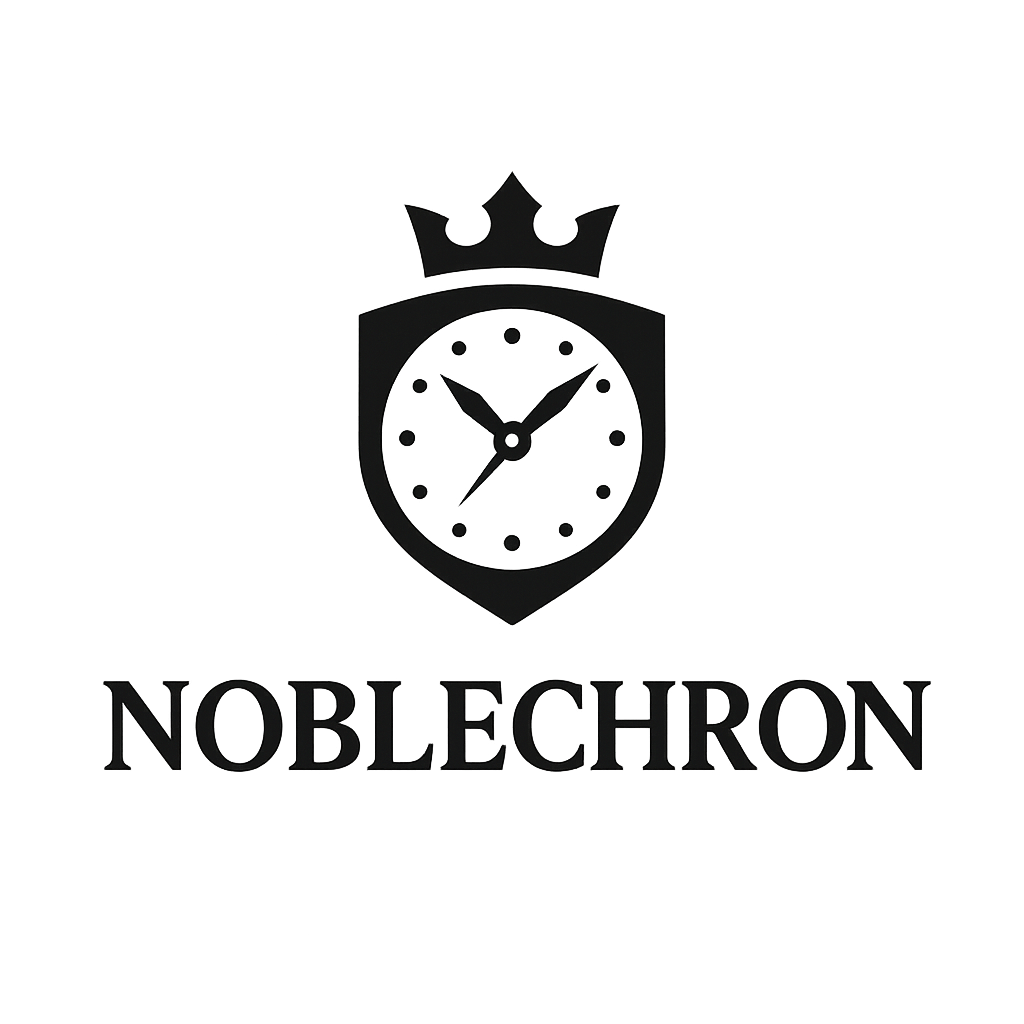Men's Fashion, Women's Fashion
Rolex History: From Humble Beginnings to a Global Empire
The Rolex story represents one of business history’s most remarkable transformations, evolving from a modest London-based watch importing operation into the world’s most recognized luxury brand. Understanding Rolex’s journey reveals how visionary leadership, relentless innovation, and strategic marketing created a horological empire that defines luxury watch excellence across generations.
In 1905, Hans Wilsdorf and Alfred Davis founded Wilsdorf & Davis in London, initially importing Swiss movements and fitting them into quality cases sourced from various suppliers. The young entrepreneurs recognized that wristwatches represented the future of personal timekeeping, despite pocket watches dominating the market at the time.
Wilsdorf’s ambitious vision extended far beyond simple watch assembly. He dreamed of creating timepieces that combined Swiss mechanical excellence with English reliability, establishing quality standards that would revolutionize the emerging wristwatch industry. This foundational philosophy of pursuing perfection while maintaining practical utility became Rolex’s defining characteristic.
The Birth of an Icon: 1908-1920
The name “Rolex” emerged in 1908 when Wilsdorf sought a brand name that would be easily pronounceable in any language while fitting comfortably on watch dials. The five-letter word satisfied both requirements perfectly, establishing the trademark that would become synonymous with luxury and precision worldwide.
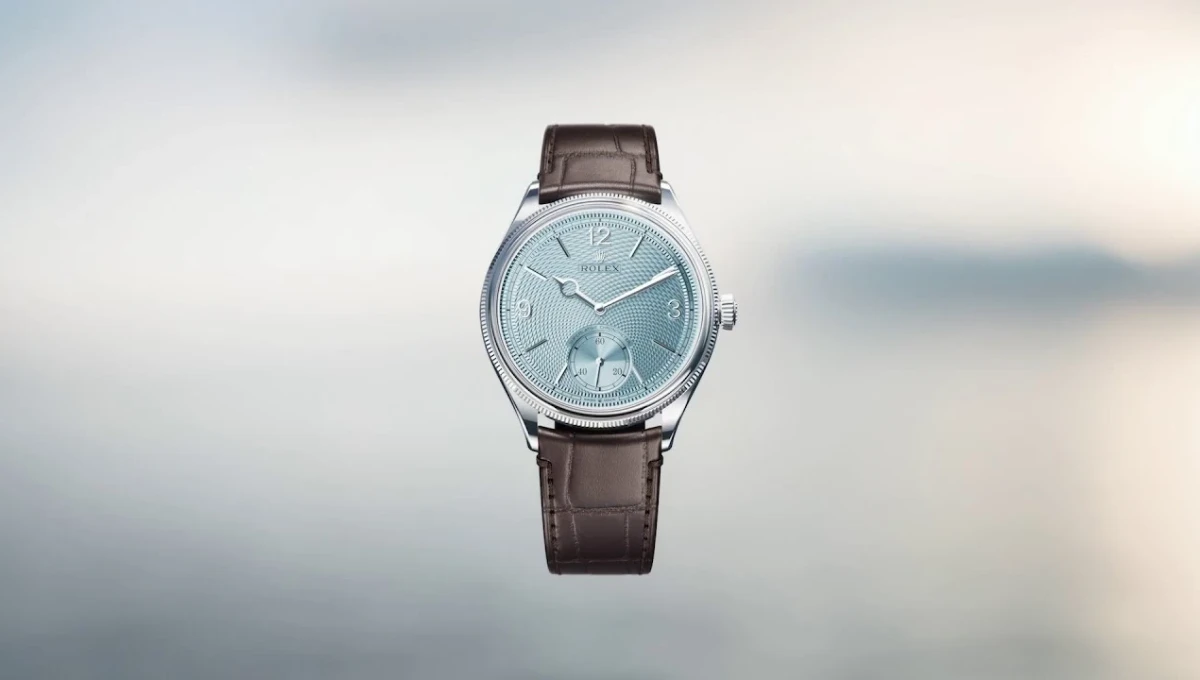
Early Rolex watches focused on achieving chronometer certification, a prestigious designation reserved for timepieces meeting strict accuracy standards. In 1910, a Rolex wristwatch became the first to receive the Swiss Certificate of Chronometric Precision, followed by a Class A precision certificate from Kew Observatory in England. These achievements established Rolex’s reputation for exceptional accuracy.
The First World War accelerated wristwatch adoption as soldiers required hands-free timekeeping in combat situations. Rolex capitalized on this trend by producing reliable, accurate timepieces that could withstand battlefield conditions. The war years established wristwatches as practical necessities rather than fashionable accessories, setting the stage for post-war expansion.
Innovation and Expansion: 1920-1940
The 1920s marked a period of revolutionary innovation for Rolex. In 1926, the company introduced the Oyster case, featuring a hermetically sealed design that protected the movement from dust, moisture, and impact. This breakthrough solved one of mechanical watchmaking’s greatest challenges: environmental protection for delicate timing mechanisms.
Mercedes Gleitze’s successful English Channel swim in 1927 while wearing a Rolex Oyster provided dramatic proof of the watch’s waterproof capabilities. Wilsdorf’s brilliant marketing campaign around this achievement established a template for adventure-based promotion that Rolex continues using today. The connection between extreme achievement and Rolex reliability became a cornerstone of brand identity.
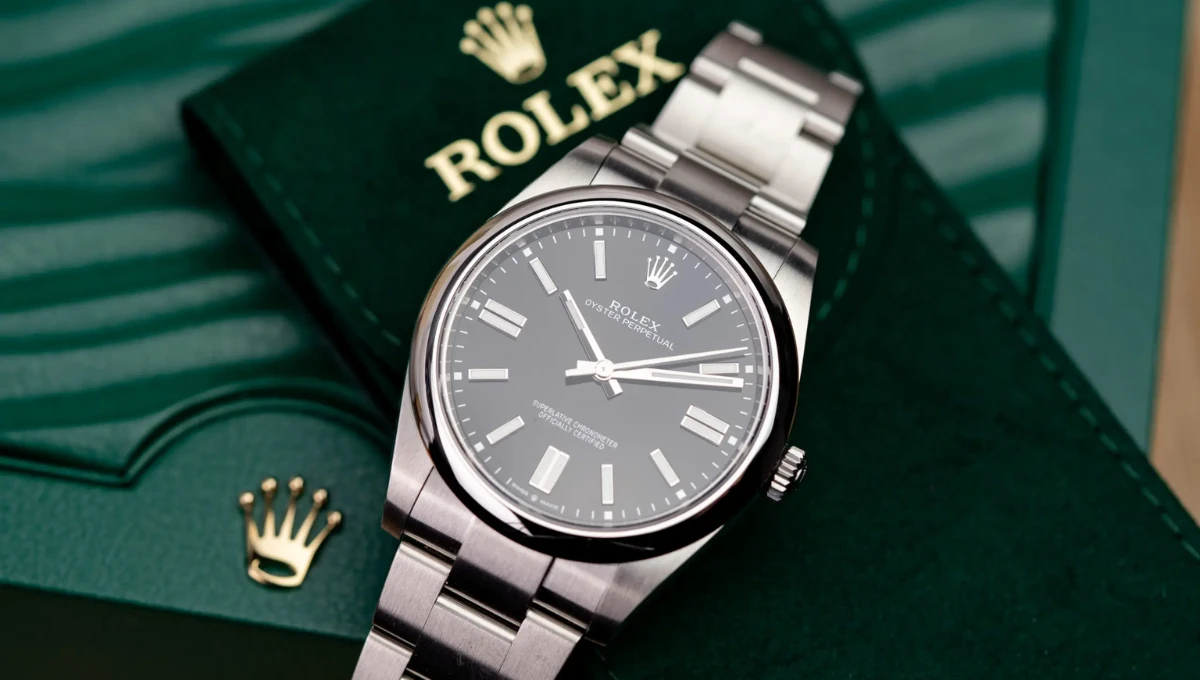
The 1930s brought the introduction of the Rolex Perpetual movement, featuring an automatic winding rotor that kept the mainspring wound through natural wrist motion. This innovation eliminated the need for daily manual winding while improving accuracy through consistent power delivery. The Perpetual movement became the foundation for countless future Rolex calibers.
Rolex’s move from London to Geneva in 1919 proved strategically brilliant, positioning the company at the heart of Swiss watchmaking excellence. This relocation provided access to skilled craftsmen, established suppliers, and the horological traditions that would enhance Rolex’s capabilities significantly.
Professional Tool Watches: 1940-1970
The post-war era saw Rolex developing specialized timepieces for professional users, creating collections that remain cornerstones of the brand today. The Submariner, launched in 1953, established the template for luxury dive watches with its rotating bezel, luminous markers, and 100-meter water resistance that was later increased to 300 meters.
The GMT-Master, introduced in 1954 for Pan Am pilots, featured a fourth hand and 24-hour bezel for tracking multiple time zones simultaneously. This innovation addressed the practical needs of international aviation while creating a distinctive aesthetic that became iconic among frequent travelers.
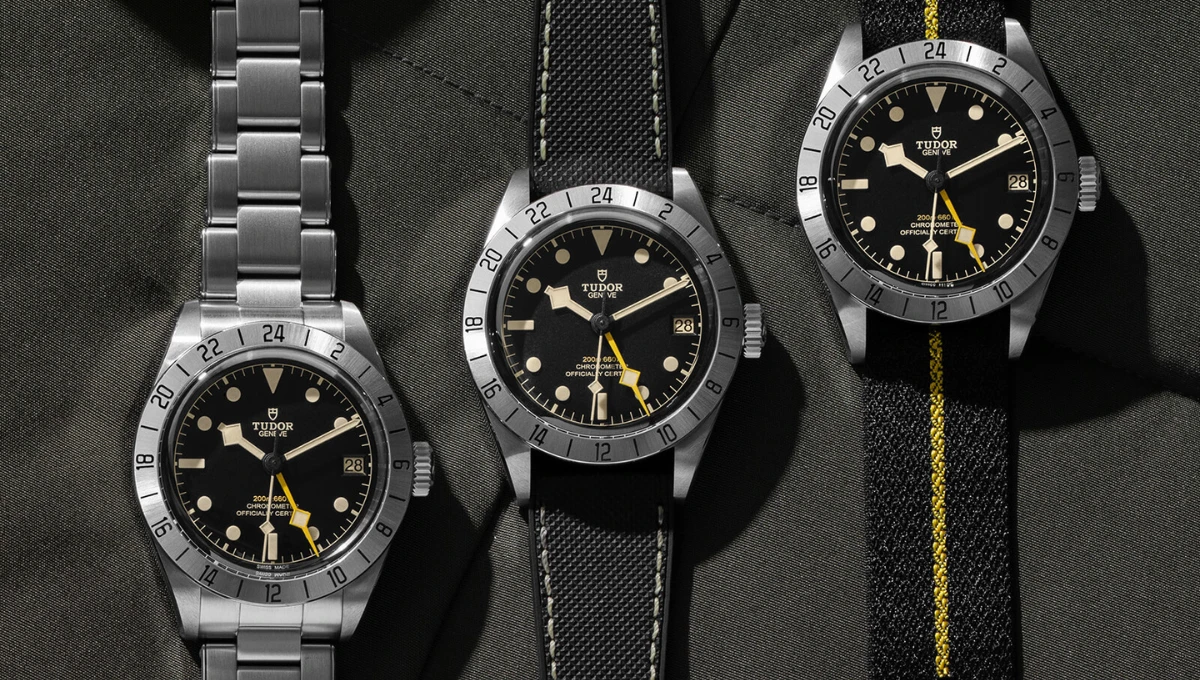
The Daytona, launched in 1963, targeted racing drivers and motorsport enthusiasts with its chronograph complications and tachymeter bezel for calculating speeds. The collection’s association with professional racing, particularly through Paul Newman’s famous endorsement, elevated it to legendary status among collectors.
Explorer models served mountaineers and adventurers with robust construction and exceptional legibility in extreme conditions. The Explorer I accompanied Sir Edmund Hillary to Mount Everest’s summit in 1953, while the Explorer II added 24-hour hands for cave exploration and polar expeditions where day/night distinctions become meaningless.
Technological Mastery: 1970-2000
The quartz crisis of the 1970s threatened Swiss mechanical watchmaking’s survival, but Rolex responded with strategic innovation rather than panic. The company developed its own quartz movements while simultaneously advancing mechanical technology, ensuring relevance regardless of market preferences.
Rolex’s investment in new materials during this period proved prescient. The introduction of 904L stainless steel provided superior corrosion resistance and finishing capabilities compared to standard 316L steel used by competitors. This material choice demonstrated Rolex’s commitment to excellence even in details invisible to casual observers.
The development of Cerachrom ceramic bezels eliminated fading and scratching issues that plagued aluminum inserts. These virtually scratchproof bezels maintain their color and markings indefinitely, exemplifying Rolex’s philosophy of continuous improvement and lasting quality.
In-house movement production became a priority during this era, with Rolex gradually reducing dependence on external suppliers. The manufacture acquired movement maker Aegler and dial producer Singer, ensuring complete control over quality and production capacity.
Modern Excellence: 2000-Present
The 21st century has seen Rolex achieve unprecedented success while maintaining exclusivity through carefully controlled production. The company’s refusal to compromise quality for quantity has created waiting lists for popular models while preserving the brand’s luxury positioning.
Recent innovations include Paraflex shock absorbers for improved impact resistance, Chromalight luminous material for enhanced visibility, and advanced metallurgy for superior performance. The Superlative Chronometer certification now requires -2/+2 seconds daily accuracy, exceeding COSC chronometer standards.
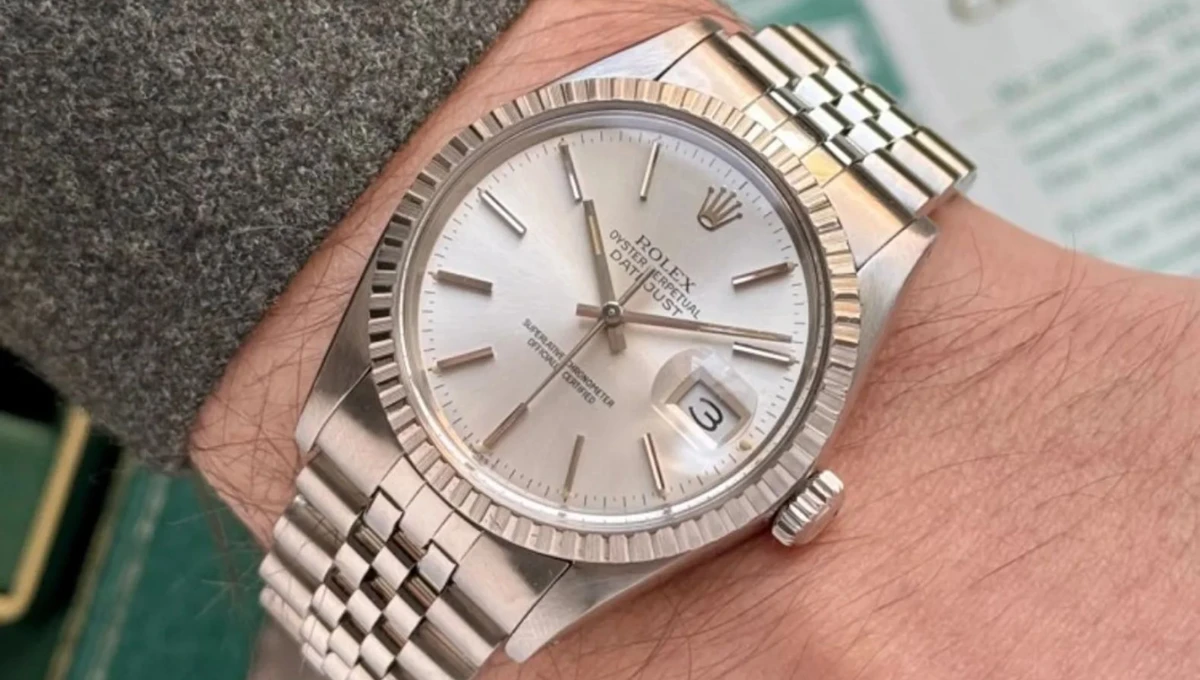
Rolex’s vertical integration now encompasses every aspect of production, from gold foundries to crystal manufacturing. This complete control ensures consistent quality while protecting proprietary technologies that maintain competitive advantages.
The brand’s association with prestigious events like Wimbledon, Formula 1, and major golf tournaments reinforces its luxury positioning while reaching affluent audiences worldwide. These partnerships demonstrate Rolex’s understanding that luxury brands must maintain cultural relevance alongside product excellence.
Investment and Cultural Impact
Rolex watches have become alternative investments, with vintage models appreciating dramatically at auction. The combination of limited production, lasting quality, and cultural cachet creates strong secondary market demand that supports value retention for new purchases.
The brand’s cultural impact extends far beyond horology, with Rolex ownership signifying success across industries and continents. This universal recognition makes Rolex timepieces powerful symbols of achievement and taste that transcend cultural boundaries.
Legacy and Future
Hans Wilsdorf’s vision of creating the world’s finest wristwatches has been realized through decades of innovation, quality obsession, and strategic thinking. Rolex’s transformation from a small London startup to a global luxury empire demonstrates how consistent excellence and brand building create lasting success.
The Rolex foundation’s charitable work in arts, sciences, and environmental conservation ensures the company’s positive impact extends beyond commercial success. This commitment to social responsibility enhances the brand’s reputation while honoring Wilsdorf’s belief in contributing to human progress.
Today’s Rolex continues Hans Wilsdorf’s legacy by maintaining the highest standards while embracing innovations that enhance performance and longevity. The company’s refusal to compromise quality for short-term profits ensures that Rolex will remain the pinnacle of luxury watchmaking for generations to come.
